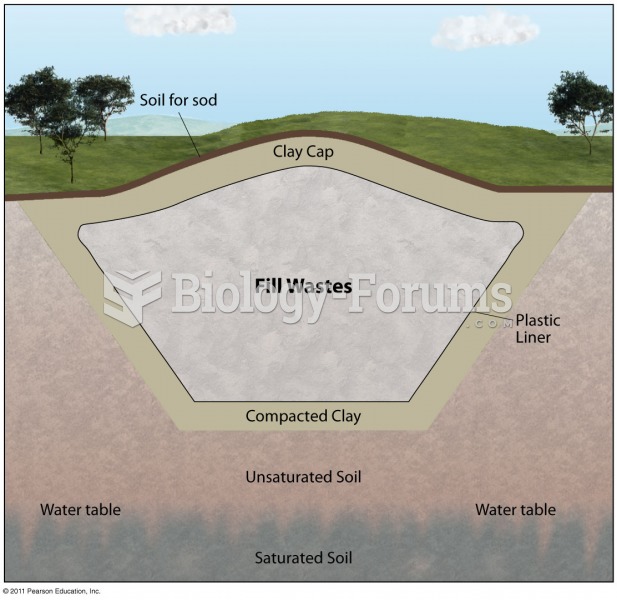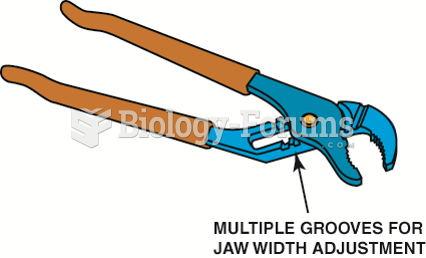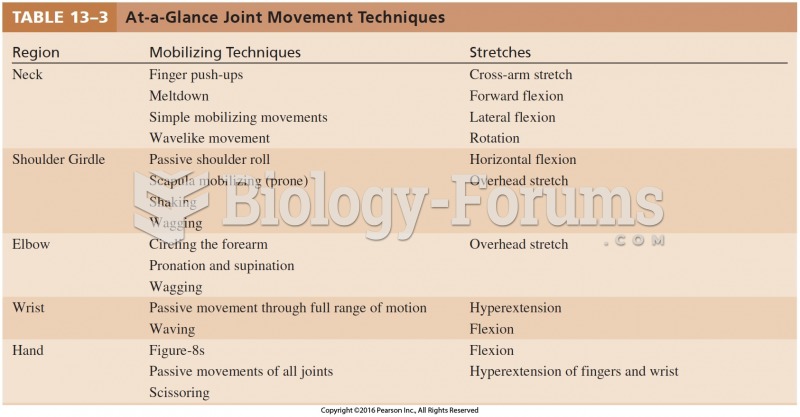Answer to Question 1
Students can pick any four items from each section (consumer sales promotion and trade sales promotion). Some consumer sales promotion methods are coupons, cents-off offers, money refunds, rebates, frequent-user incentives, point-of-purchase materials and demonstrations, free samples, premiums, consumer contests, consumer games, and consumer sweepstakes.
Coupons: Coupons reduce a product's price and aim to prompt customers to try new or established products, increase sales volume quickly, attract repeat purchasers, or introduce new package sizes or features.
Cents-off offers: With cents-off offers, buyers pay a certain amount less than the regular price shown on the label or package.
Money refunds: With money refunds, consumers submit proof of purchase and are mailed a specific amount of money. Usually, manufacturers demand multiple product purchases before consumers qualify for money refunds.
Rebates: With rebates, the consumer is sent a specified amount of money for making a single product purchase. Rebates are generally given on more expensive products than money refunds and are used to encourage customers.
Shopper, loyalty, and frequent-user incentives: Many firms develop incentive programs to reward customers who engage in repeat (frequent) purchases.
Point-of-purchase materials: Point-of-purchase (POP) materials include outdoor signs, window displays, counter pieces, display racks, and self-service cartons.
Demonstrations: Demonstrations are excellent attention-getters. Manufacturers offer them temporarily to encourage trial use and purchase of a product or to show how a product works.
Free samples: Marketers use free samples to stimulate trial of a product, increase sales volume in the early stages of a product's life cycle, and obtain desirable distribution.
Premiums: Premiums are items offered free or at a minimal cost as a bonus for purchasing a product.
Consumer contests: In consumer contests, individuals compete for prizes based on their analytical or creative skills. This method can be used to generate retail traffic and frequency of exposure to promotional messages.
Consumer games: In consumer games, individuals compete for prizes based primarily on chance-often by collecting game pieces like bottle caps or a sticker on a carton of French fries.
Consumer sweepstakes: Entrants in a consumer sweepstakes submit their names for inclusion in a drawing for prizes. Sweepstakes are employed more often than consumer contests and tend to attract a greater number of participants.
Some of trade sales promotion methods are buying allowances, buy-back allowances, scan-back allowances, merchandise allowances, cooperative advertising and dealer listings, free merchandise and gifts, premium money, and sales contests.
Buying allowances: A buying allowance is a temporary price reduction offered to resellers for purchasing specified quantities of a product.
Buy-back allowances: A buy-back allowance is a sum of money that a producer gives to a reseller for each unit the reseller buys after an initial promotional deal is over.
Scan-back allowances: A scanback allowance is a manufacturer's reward to retailers based on the number of pieces moved through the retailers' scanners during a specific time period.
Cooperative advertising: Cooperative advertising is an arrangement in which a manufacturer agrees to pay a certain amount of a retailer's media costs for advertising the manufacturer's products.
Dealer listings: Dealer listings are advertisements promoting a product and identifying participating retailers that sell the product.
Merchandise allowance: A merchandise allowance is a manufacturer's agreement to pay resellers certain amounts of money for providing promotional efforts like advertising or point-of-purchase displays.
Free merchandise: Manufacturers sometimes offer free merchandise to resellers that purchase a stated quantity of products.
Gifts: A dealer loader is a gift to a retailer that purchases a specified quantity of merchandise.
Premium money: Premium money (push money) is additional compensation offered by the manufacturer to salespeople as an incentive to push a line of goods.
Sales contest: A sales contest is designed to motivate distributors, retailers, and sales personnel by recognizing outstanding achievements.
Answer to Question 2
False







